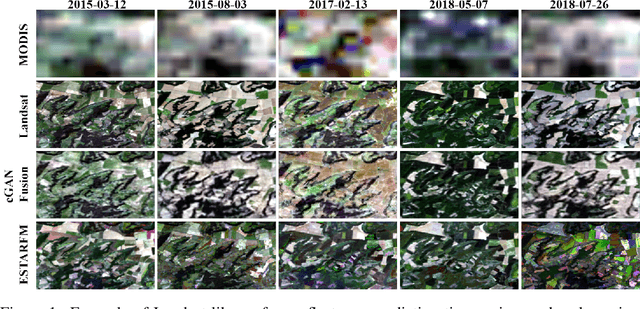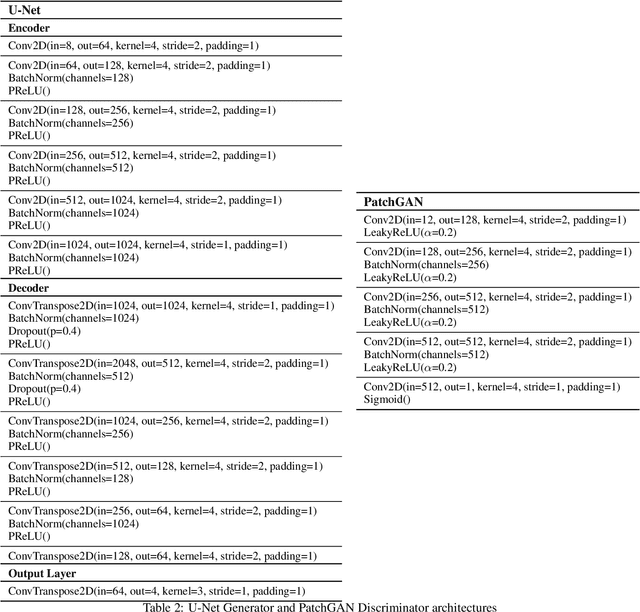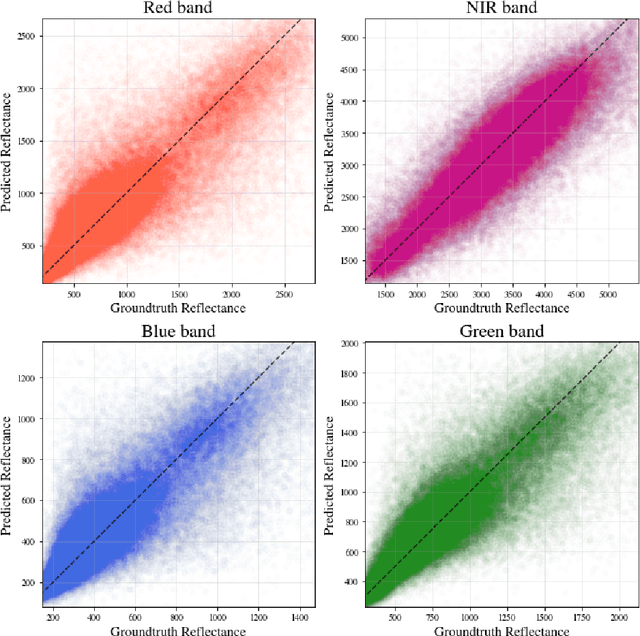Maxime Rischard
Using transfer learning to study burned area dynamics: A case study of refugee settlements in West Nile, Northern Uganda
Jul 29, 2021



Abstract:With the global refugee crisis at a historic high, there is a growing need to assess the impact of refugee settlements on their hosting countries and surrounding environments. Because fires are an important land management practice in smallholder agriculture in sub-Saharan Africa, burned area (BA) mappings can help provide information about the impacts of land management practices on local environments. However, a lack of BA ground-truth data in much of sub-Saharan Africa limits the use of highly scalable deep learning (DL) techniques for such BA mappings. In this work, we propose a scalable transfer learning approach to study BA dynamics in areas with little to no ground-truth data such as the West Nile region in Northern Uganda. We train a deep learning model on BA ground-truth data in Portugal and propose the application of that model on refugee-hosting districts in West Nile between 2015 and 2020. By comparing the district-level BA dynamic with the wider West Nile region, we aim to add understanding of the land management impacts of refugee settlements on their surrounding environments.
Predicting Landsat Reflectance with Deep Generative Fusion
Nov 09, 2020



Abstract:Public satellite missions are commonly bound to a trade-off between spatial and temporal resolution as no single sensor provides fine-grained acquisitions with frequent coverage. This hinders their potential to assist vegetation monitoring or humanitarian actions, which require detecting rapid and detailed terrestrial surface changes. In this work, we probe the potential of deep generative models to produce high-resolution optical imagery by fusing products with different spatial and temporal characteristics. We introduce a dataset of co-registered Moderate Resolution Imaging Spectroradiometer (MODIS) and Landsat surface reflectance time series and demonstrate the ability of our generative model to blend coarse daily reflectance information into low-paced finer acquisitions. We benchmark our proposed model against state-of-the-art reflectance fusion algorithms.
GaussianProcesses.jl: A Nonparametric Bayes package for the Julia Language
Dec 21, 2018



Abstract:Gaussian processes are a class of flexible nonparametric Bayesian tools that are widely used across the sciences, and in industry, to model complex data sources. Key to applying Gaussian process models is the availability of well-developed open source software, which is available in many programming languages. In this paper, we present a tutorial of the GaussianProcesses.jl package that has been developed for the Julia language. GaussianProcesses.jl utilises the inherent computational benefits of the Julia language, including multiple dispatch and just-in-time compilation, to produce a fast, flexible and user-friendly Gaussian processes package. The package provides a range of mean and kernel functions with supporting inference tools to fit the Gaussian process models, as well as a range of alternative likelihood functions to handle non-Gaussian data (e.g. binary classification models). The package makes efficient use of existing Julia packages to provide users with a range of optimization and plotting tools.
 Add to Chrome
Add to Chrome Add to Firefox
Add to Firefox Add to Edge
Add to Edge